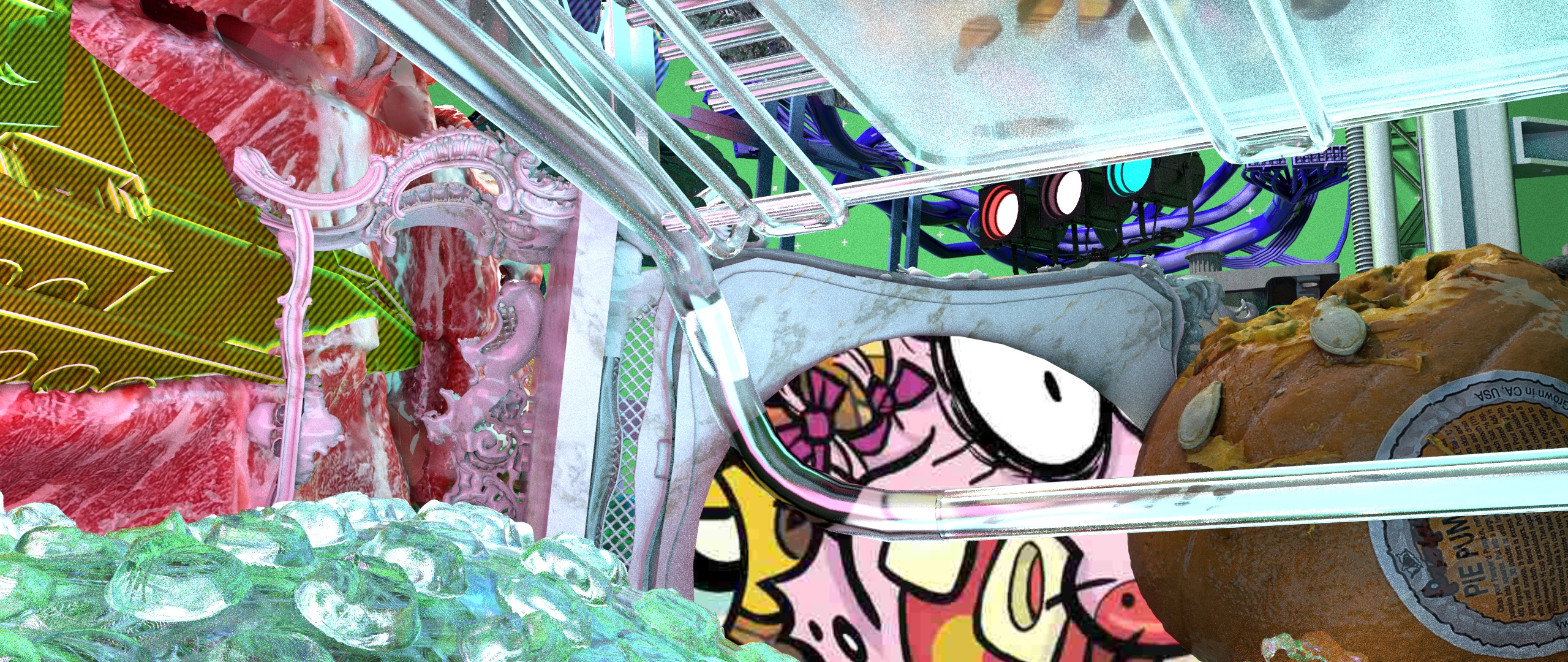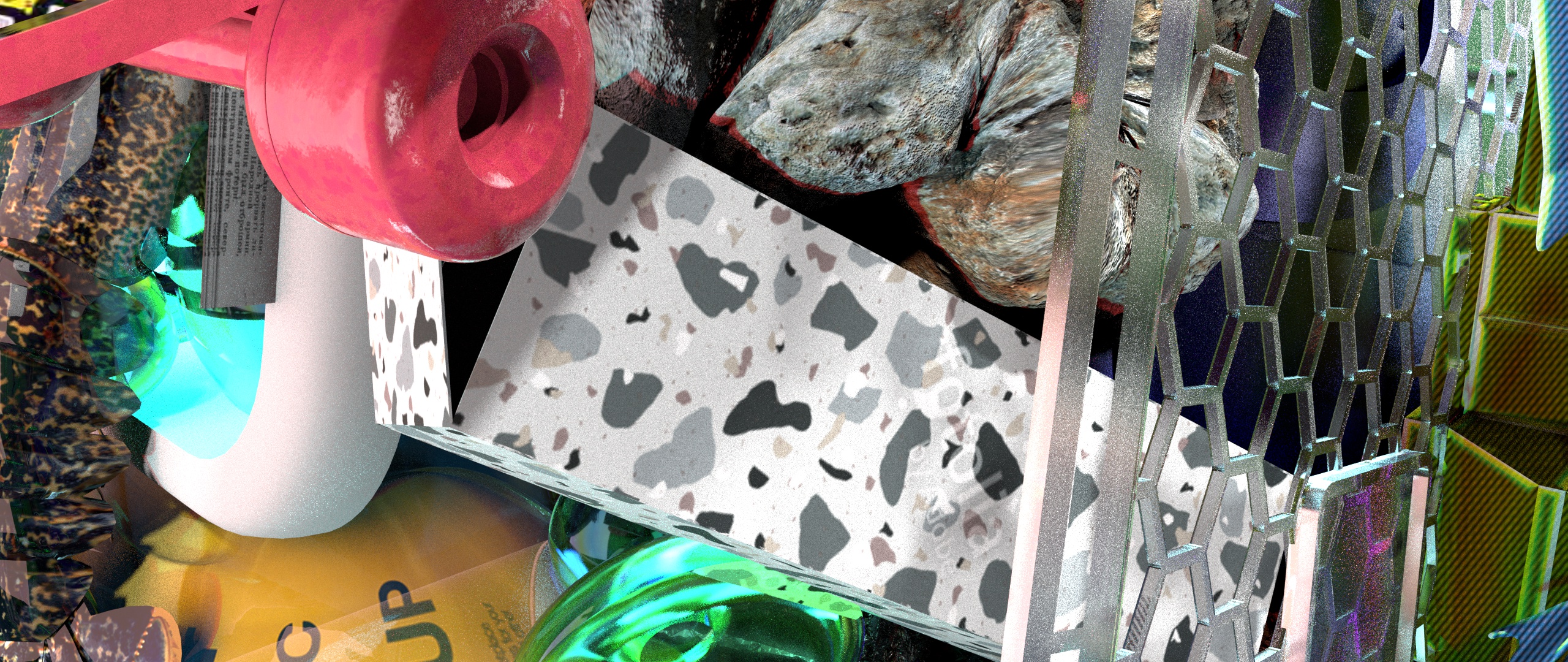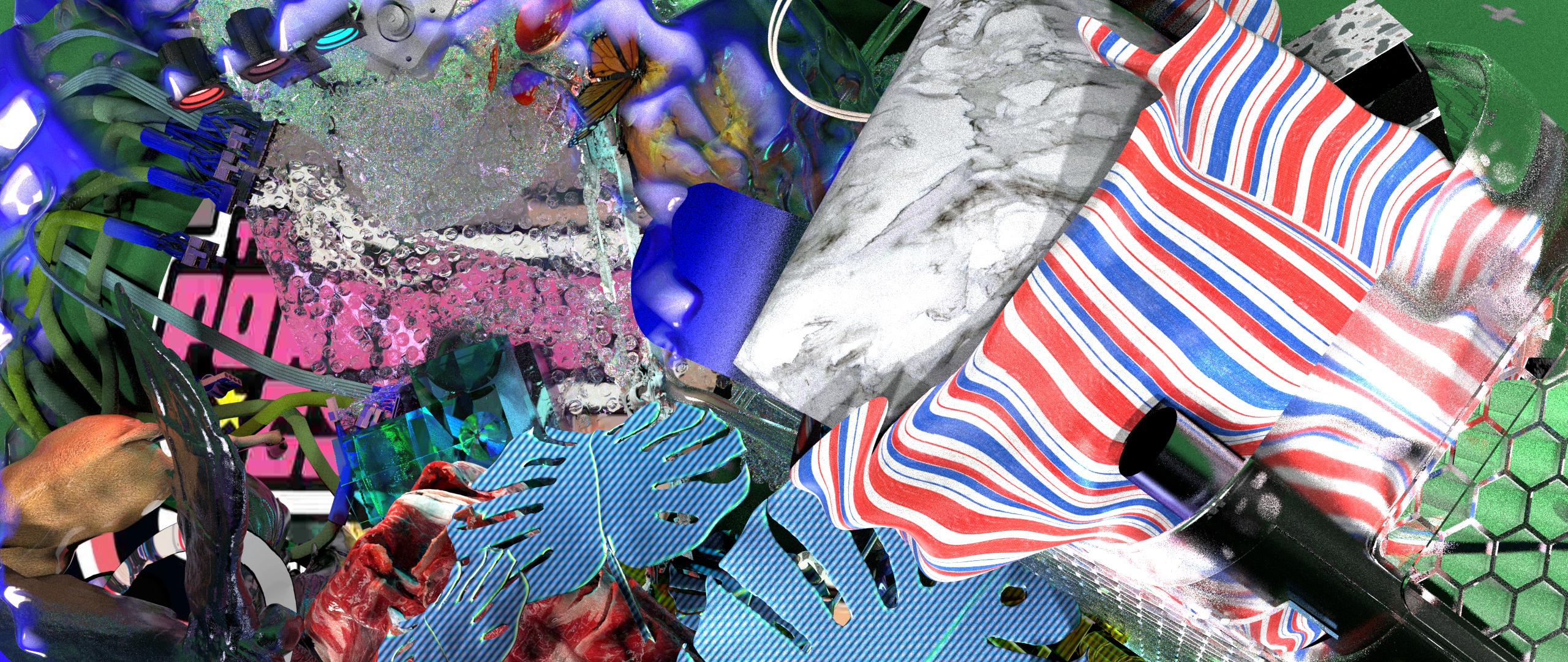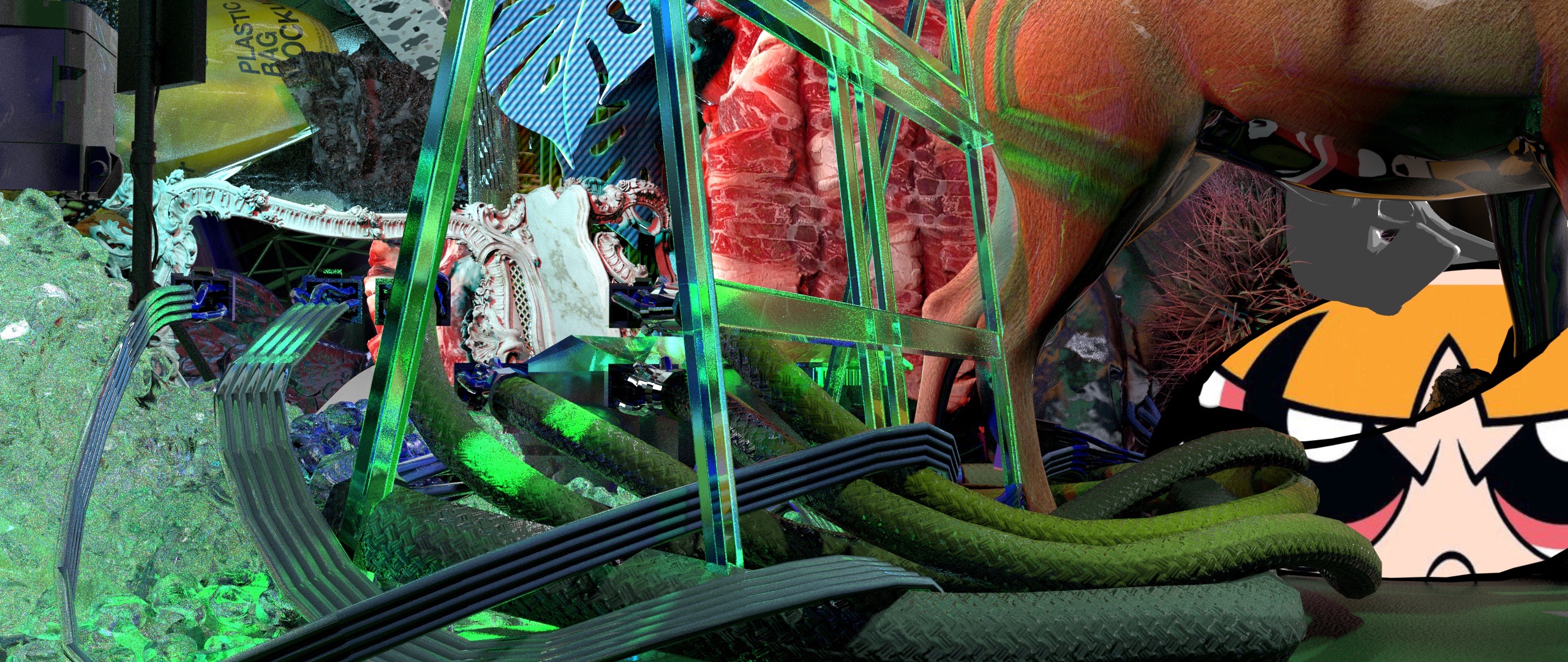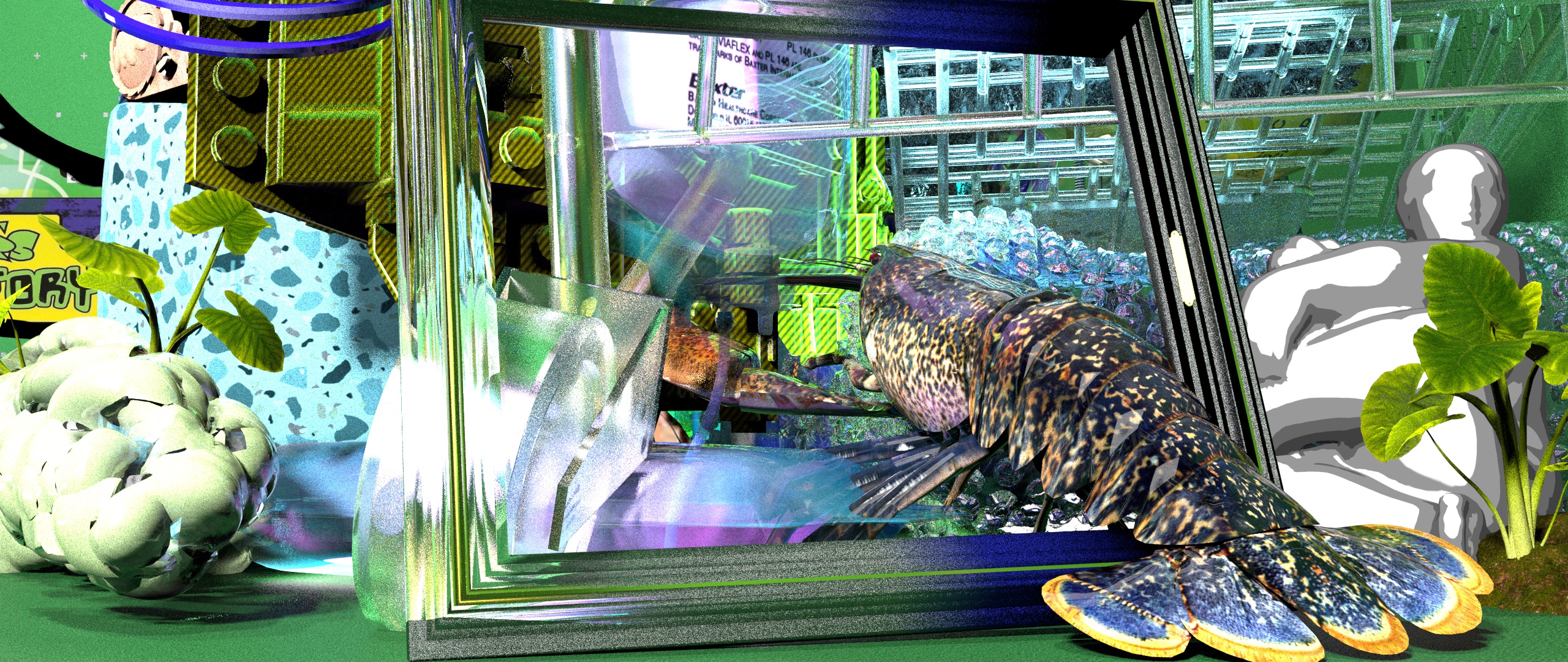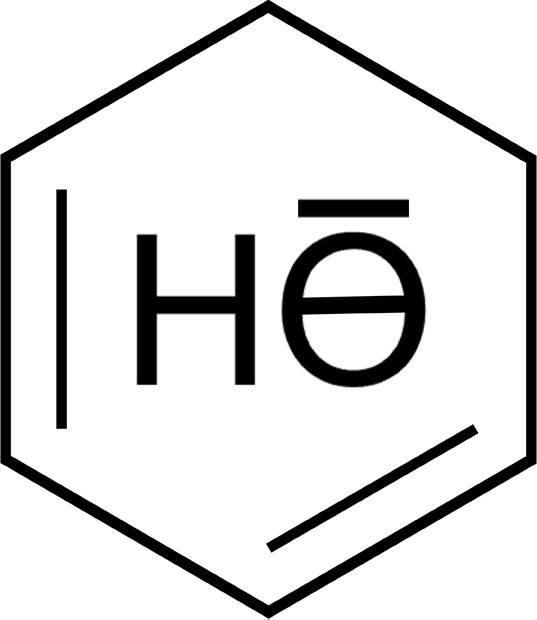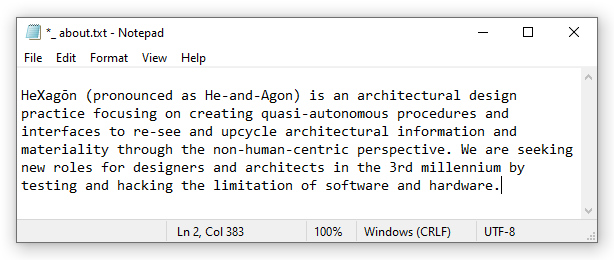_ thisisamountain
tag: [work] [automavision] [phygital] [digi]
date: 20201117
classification: 2020 SCI-Arc graduate thesis
advisor: Peter Testa & Devyn Weiser
cultural agent: Marrikka Trotter
“From the side, a whole range; from the end, a single peak; far, near, high, low, no two parts alike. Why can't I tell the true shape of Lu-shan (mountain Lu)? Because I myself am in the mountain.”
— Su Shi 蘇軾, Written on the Wall at West Forest Temple 題西林壁
This body of work has been strongly affected by the current quarantine life in which one’s computer almost becomes the only interface to architecture design. The urge to seek a physical construction format for architecture design has to be suppressed and translated to digital construction. A workflow to create a digital mountain with parts physically connected through curation and simulation is introduced. Through the lens of a computer, one can experience from a non-human-centric perspective through a quasi-autonomous procedure.
A phygital construction is intended to blur the line between physical and digital material, form, and physics. Architecture design in phygital construction is no longer about foreseeing the result but creating a workflow to discover a new product defined by how one utilizes and misuses digital tools.




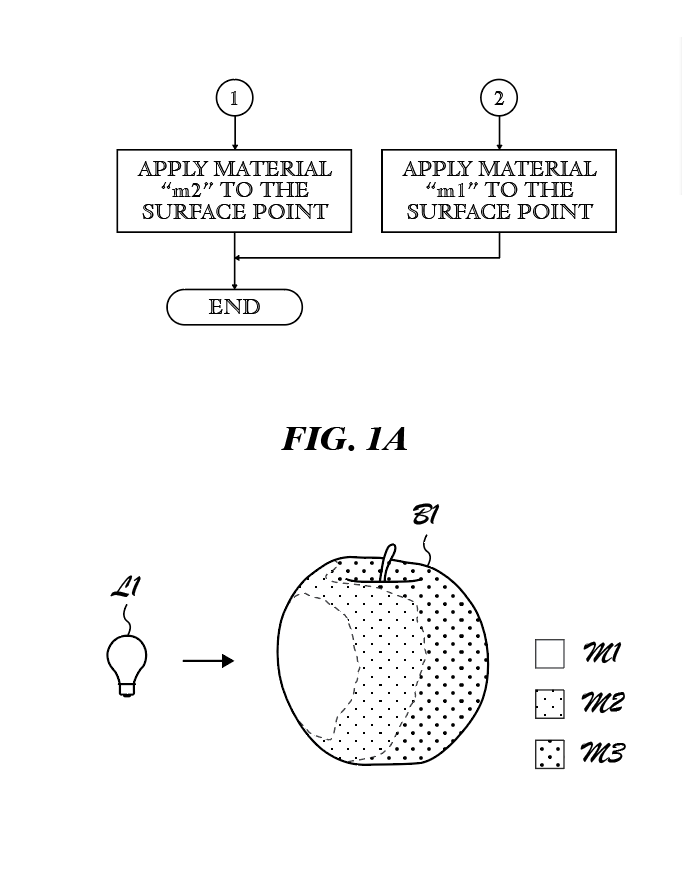

Digital material can be understood with the logic of computer science. A digital light source can be used as a separator. Each brightness range can be applied with a desirable material on one asset. A digital camera can be used as a mask which gives a platform for physical and digital material to blur the barriers from one another.
Found objects from the internet, donated objects from peers, 3d scanned objects from daily life, and last but not least, parts from past projects are all added to an asset pool. The process is not selective to make all objects fit in the same genre, instead embracing the coexistence of differences. It is a digital way of upcycling with resistance to synthesis and pixel blending. They are all alone together with no hierarchy.
"Cultural production in the third millennium is totally flat. The information we make and share travels through media that lack hierarchy or centrality. There is no principal authority, no recognized arbitrator, and no centralized archive." - JACK SELF
Responding to the world of "big flat now," stored objects can be arranged through curation techniques. The form and texture of each object could be modified differently and then accumulated into the general scene with physical simulation. A live stream interface is set up. It focuses on object manipulation and physical construction, which provides an exchange between the back-of-the-house accumulation with the front of the house presentation. In the interface, one can see what the object is, the source of the object, the material treatment, the simulation tag, and the gravity direction. A film set is set up with two diffused lightboxes on two sides and three lightboxes attached to the catwalk. The model stand, greenscreen, and wallpaper all have equally spaced trackers for future background replacement or tracking exercises. The mountain, just like any other real geological mountain, is not a finite set but an ever-expanding world that will be growing over time.


Originally used as a film technique by Lars von Trier, “automavision” attempts to provide a platform to see with restrictions and limitations to computer freedom. And here we ask the computer to know for us with designed limitations too. One camera has been set up with the mountain as a target. Through cloning, a grid of cameras is created. After adding a random tag, one could experience the mountain through the lens of a computer. Rather than a comprehensive AI view of seeing the mountain, it is a partial or quasi-autonomous procedure. The initial scene is set up so the cameras have this feedforward feedback ability. Not only the camera becomes one of the actors in this set which has its agency, but it has nothing to do with the human-centric subjective mechanics.
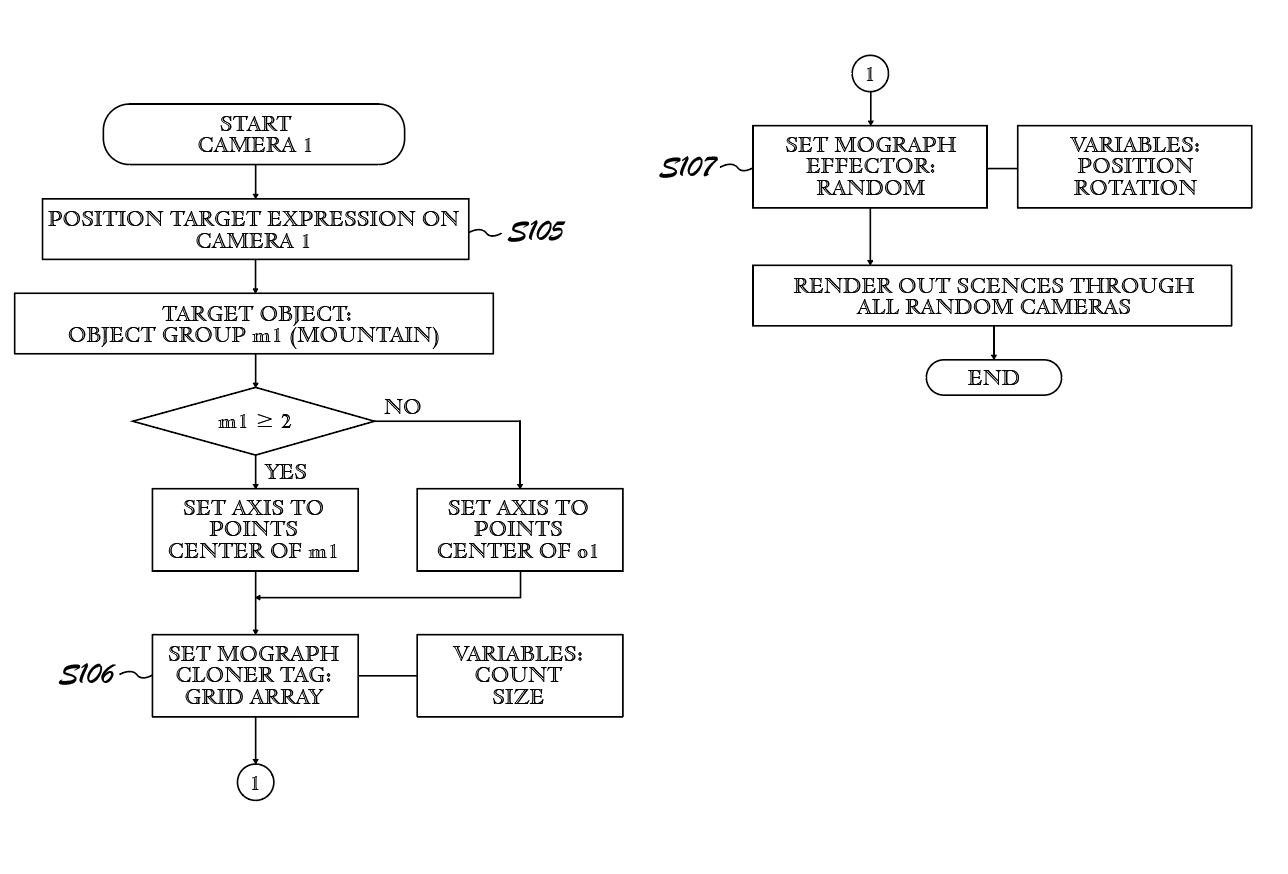



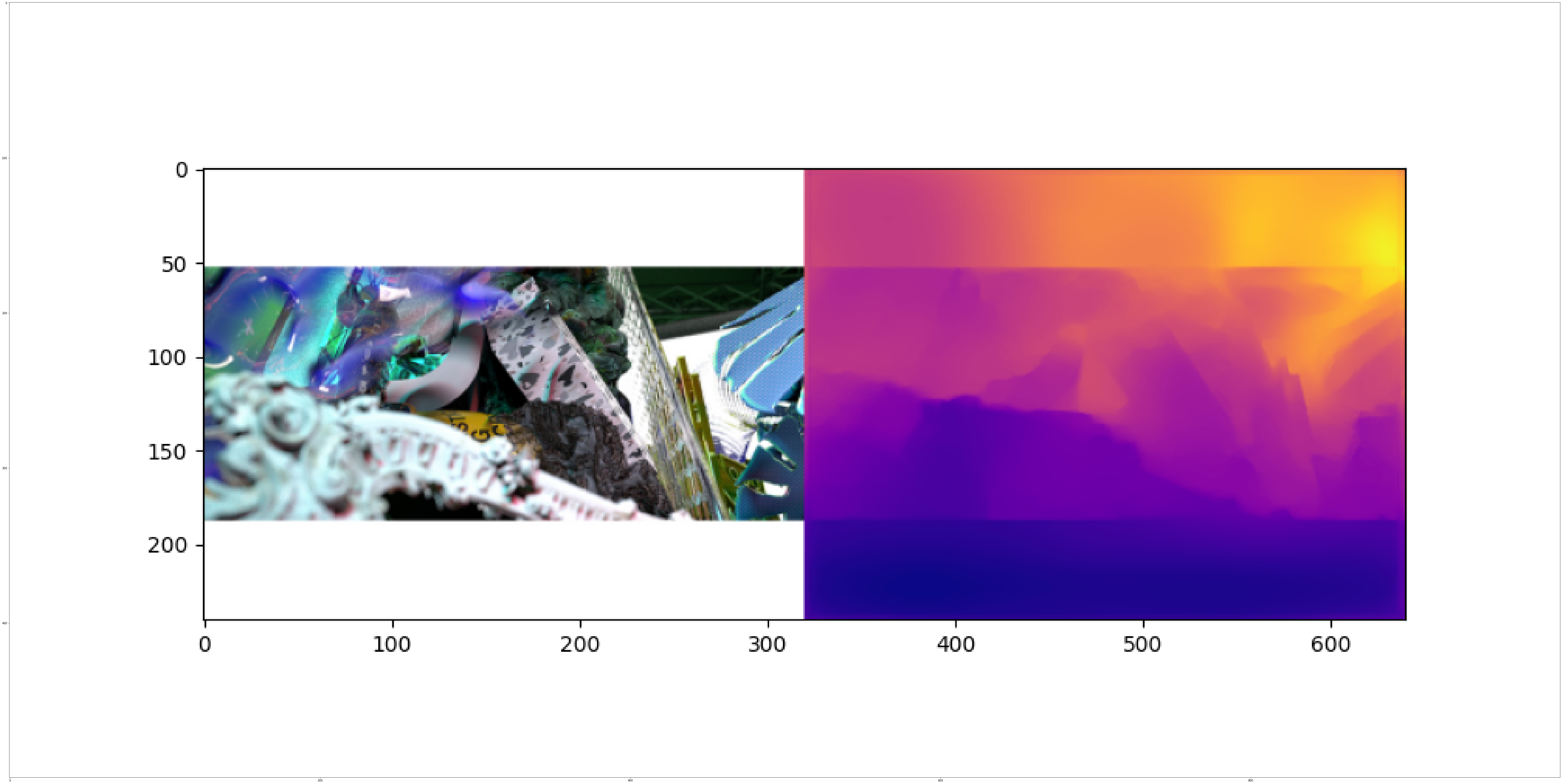



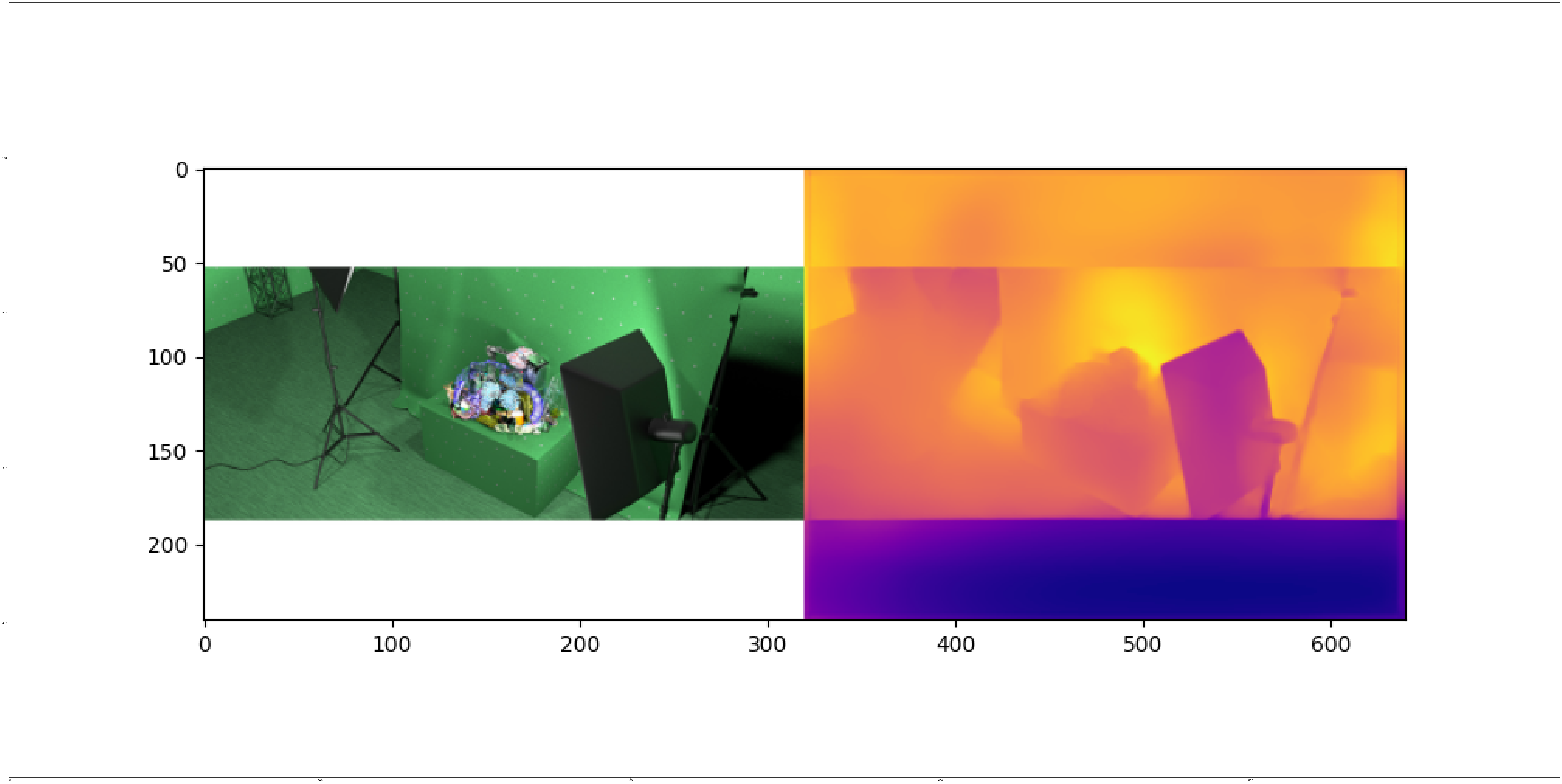

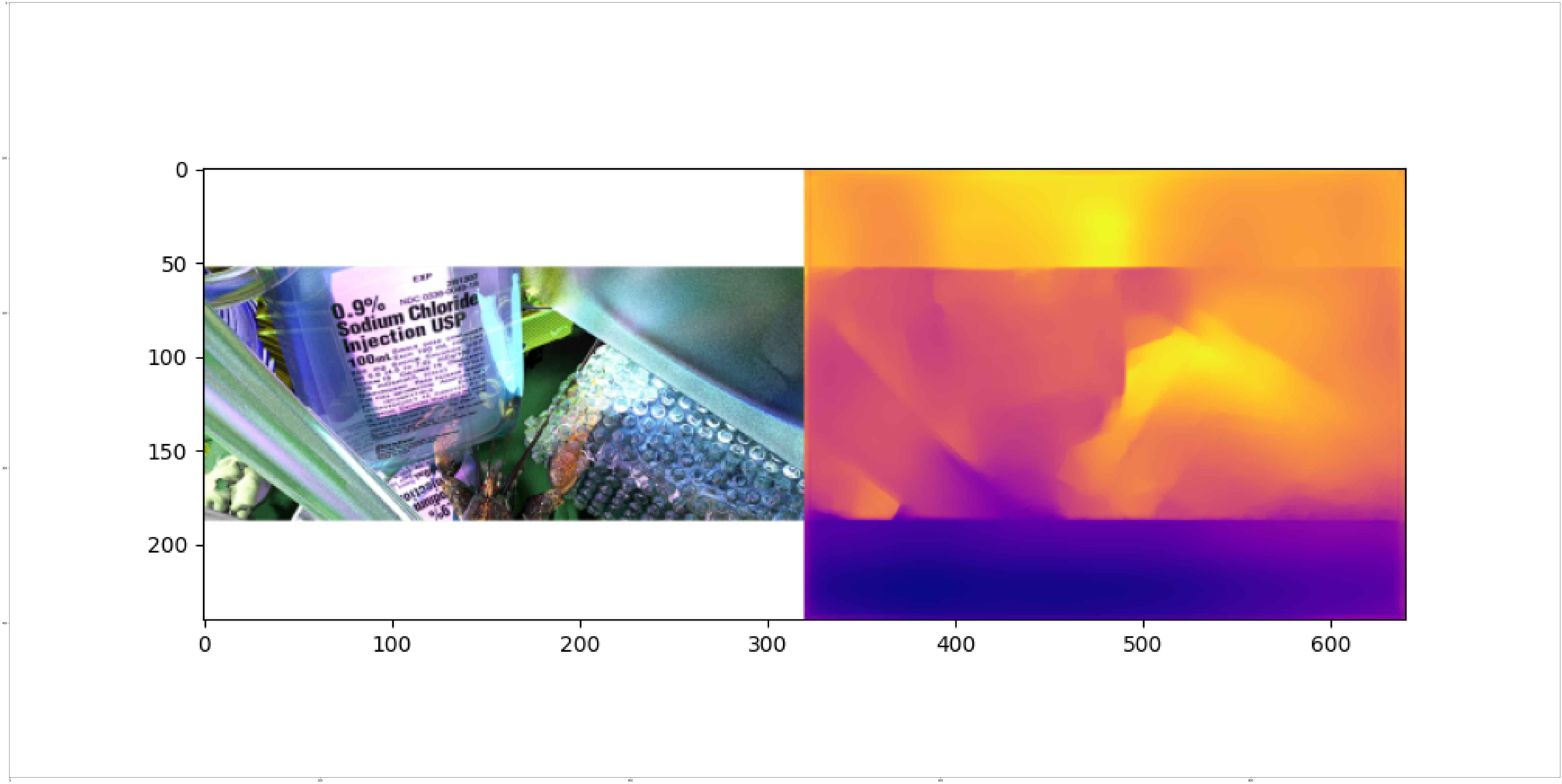
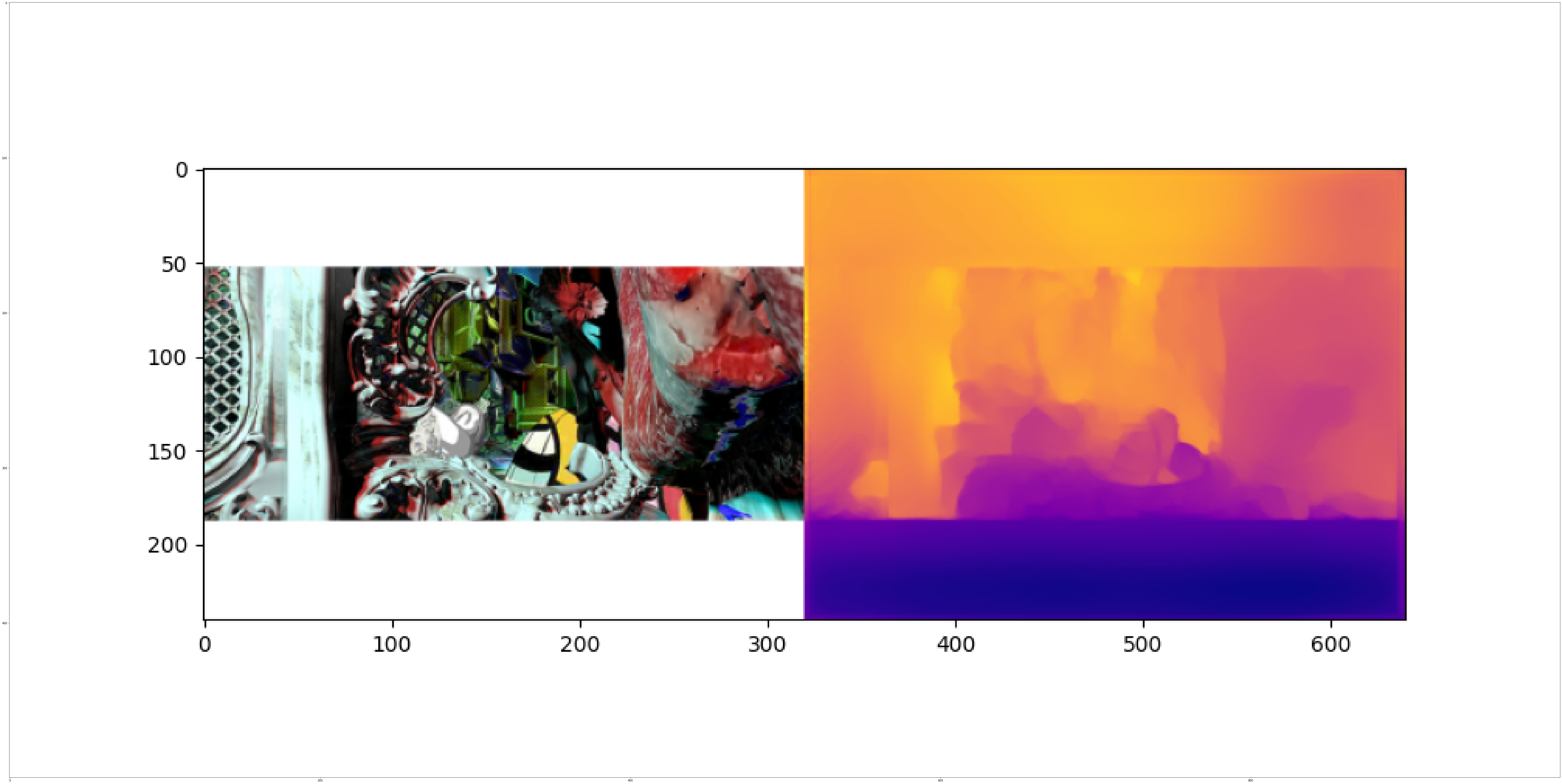

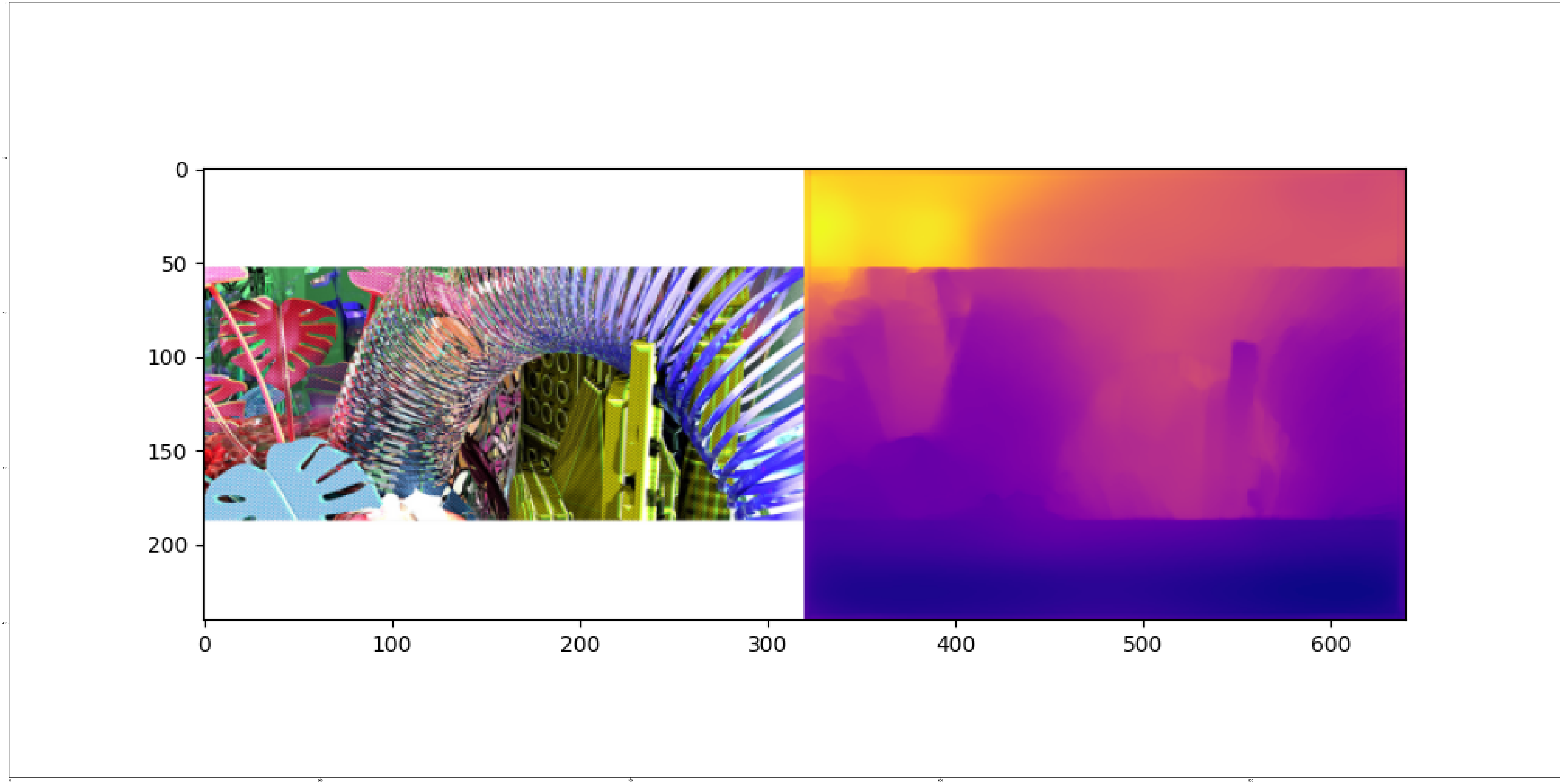

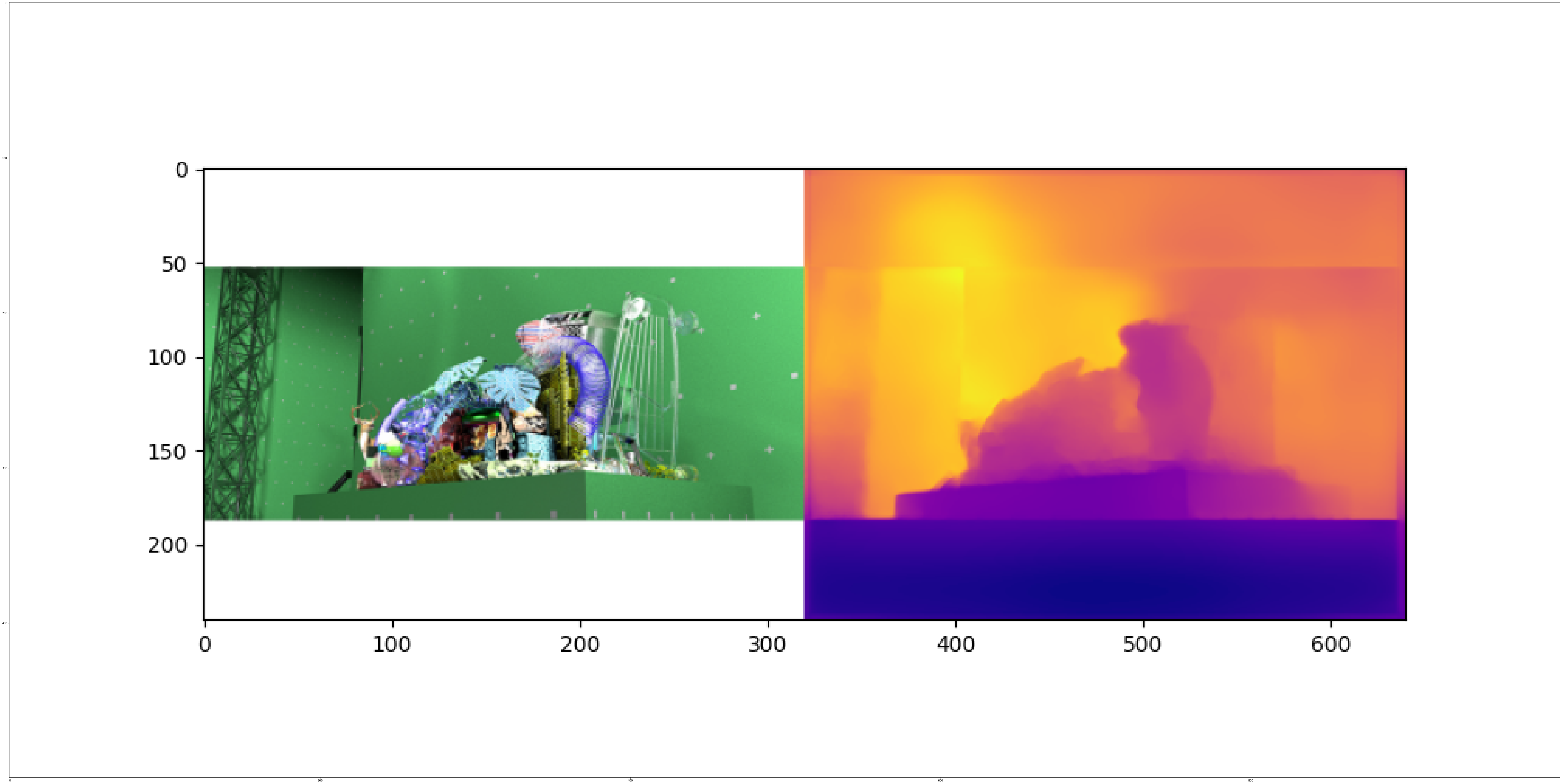
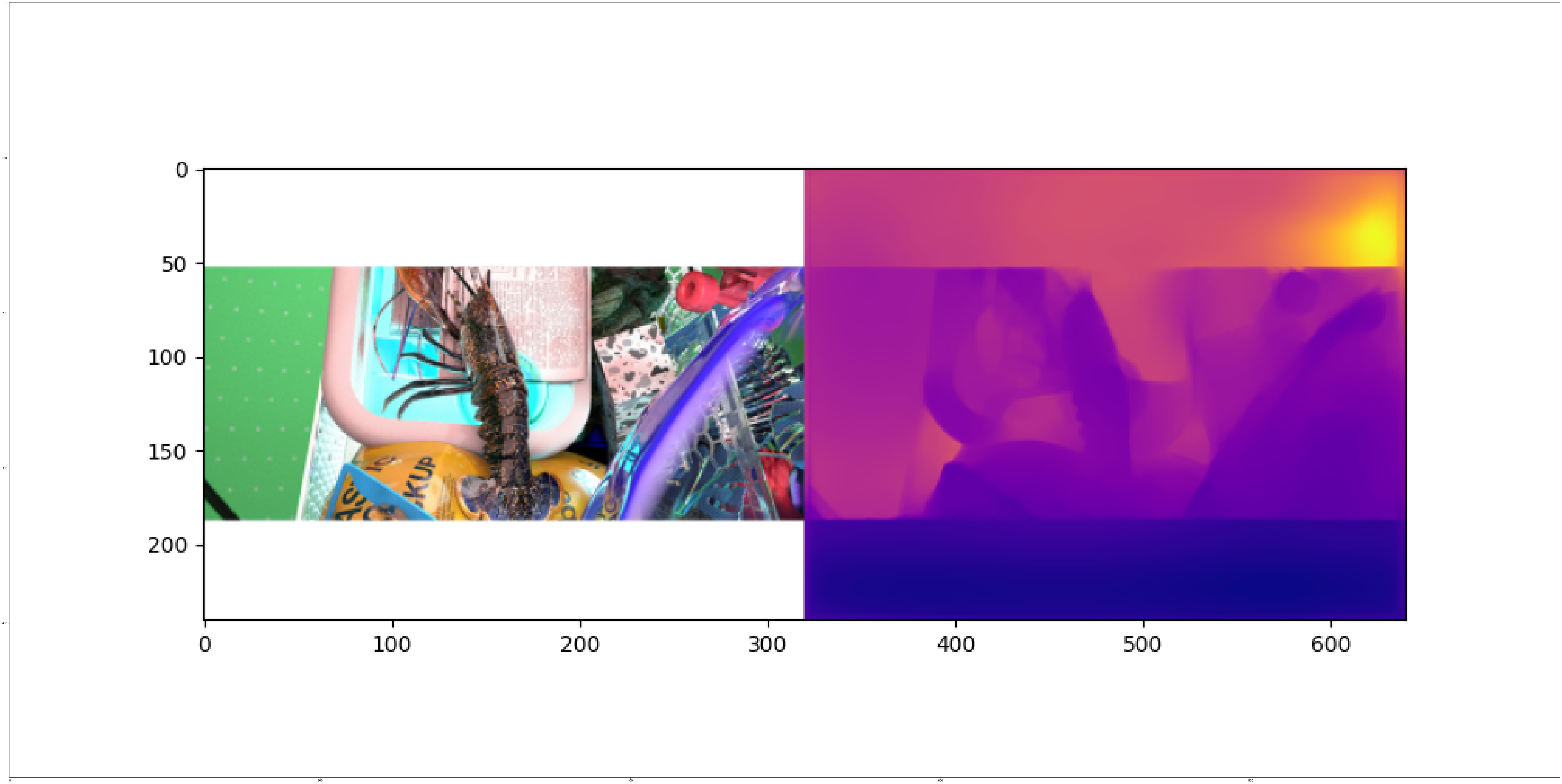
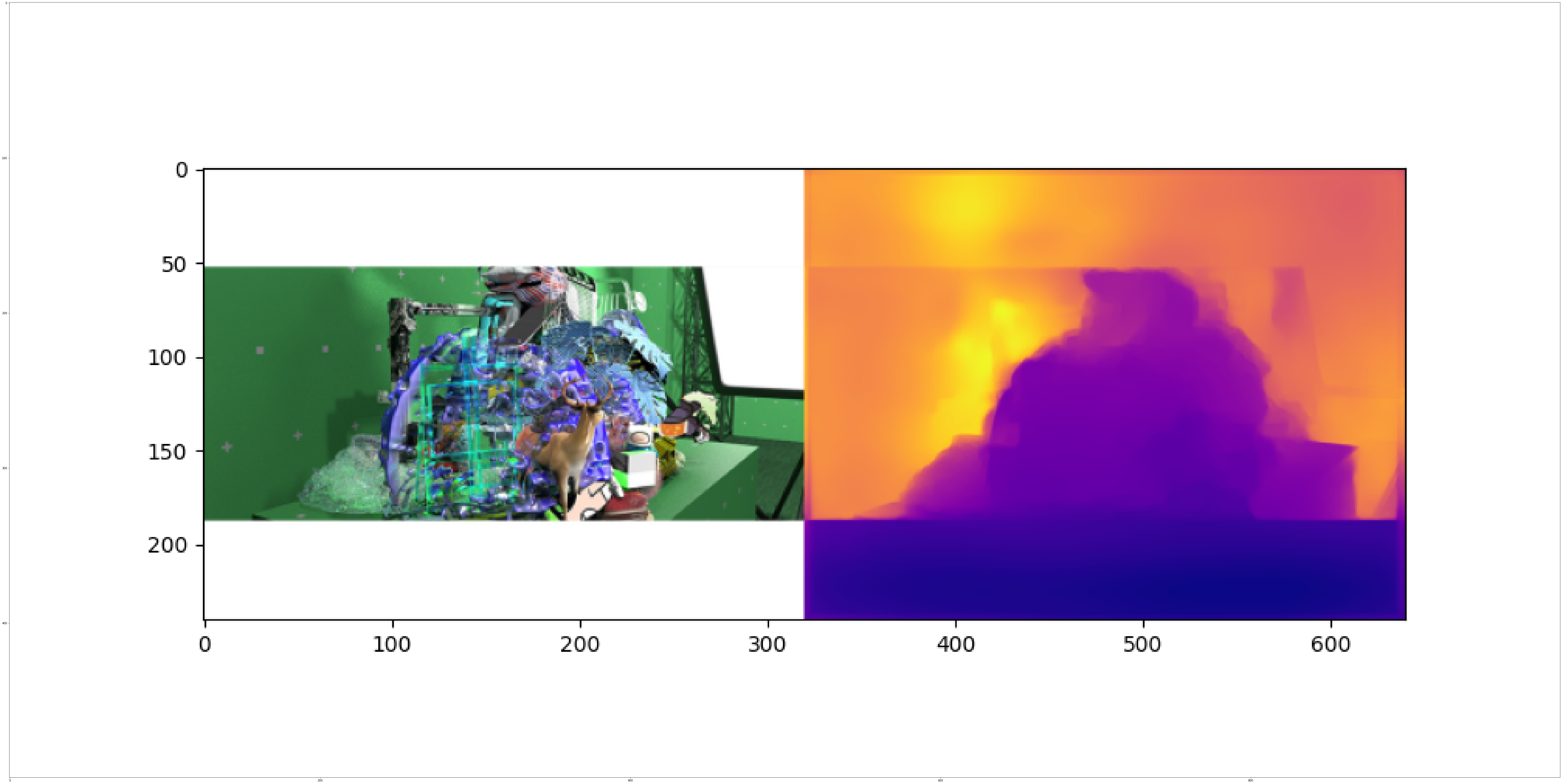
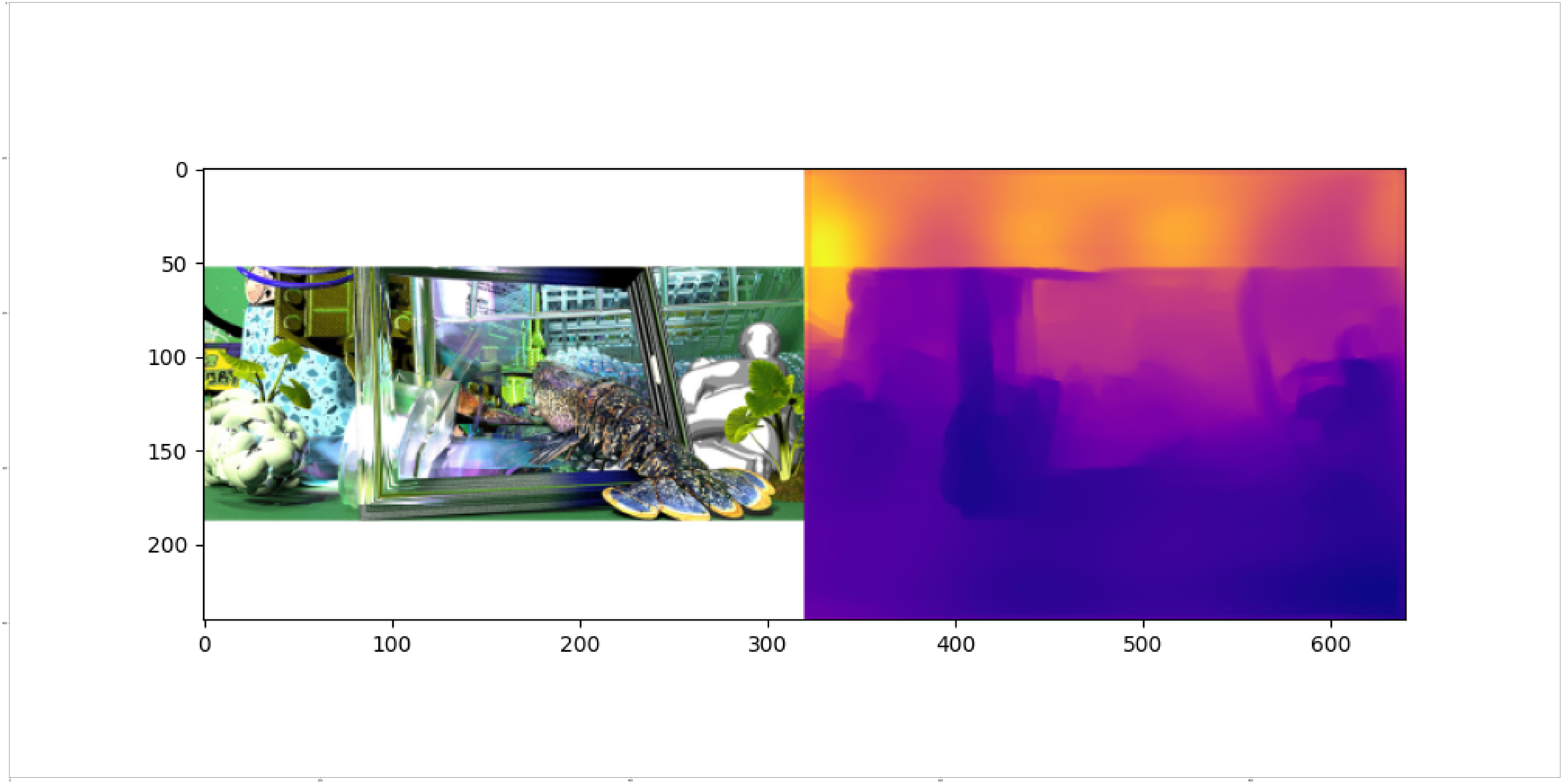

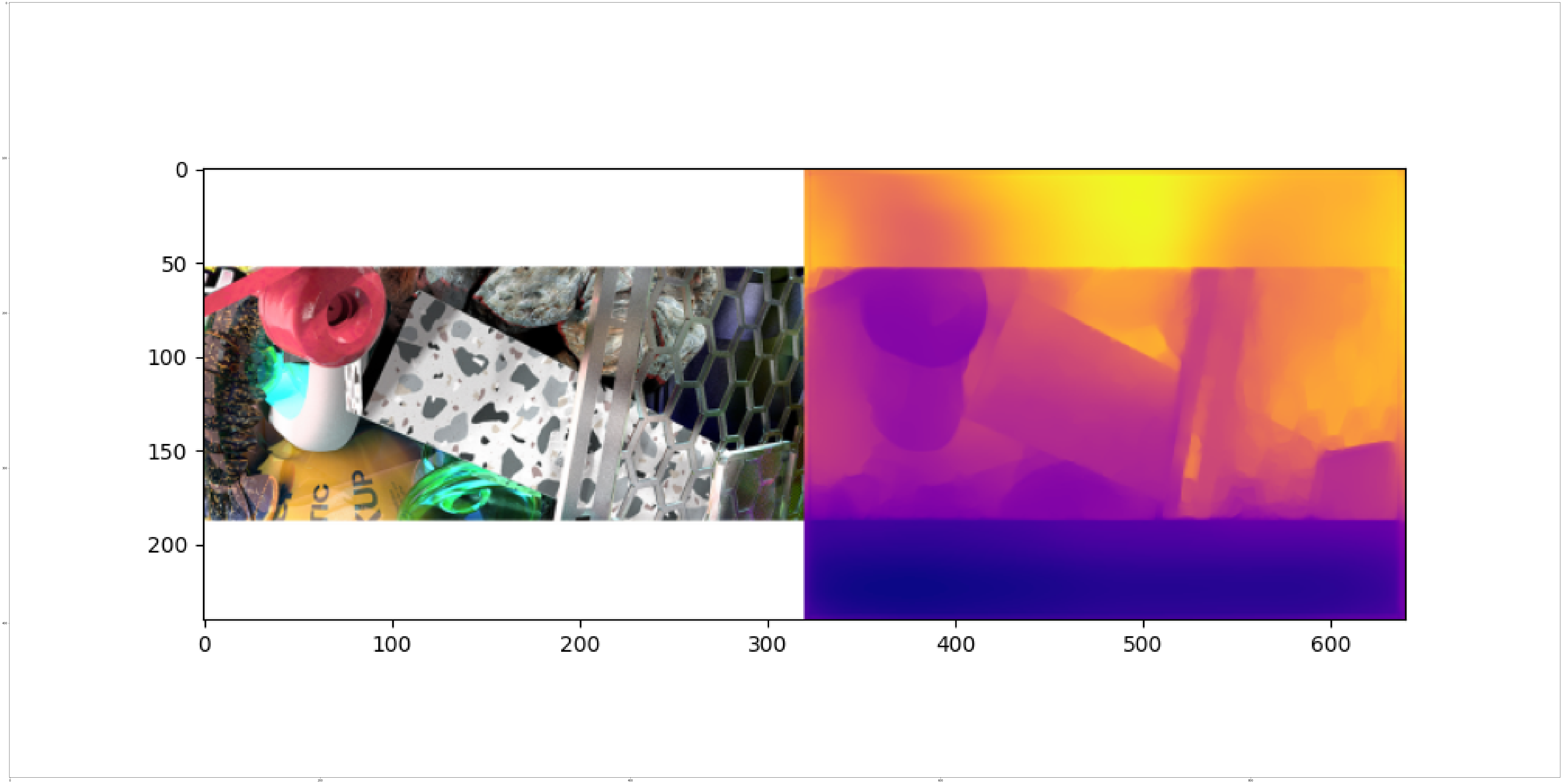
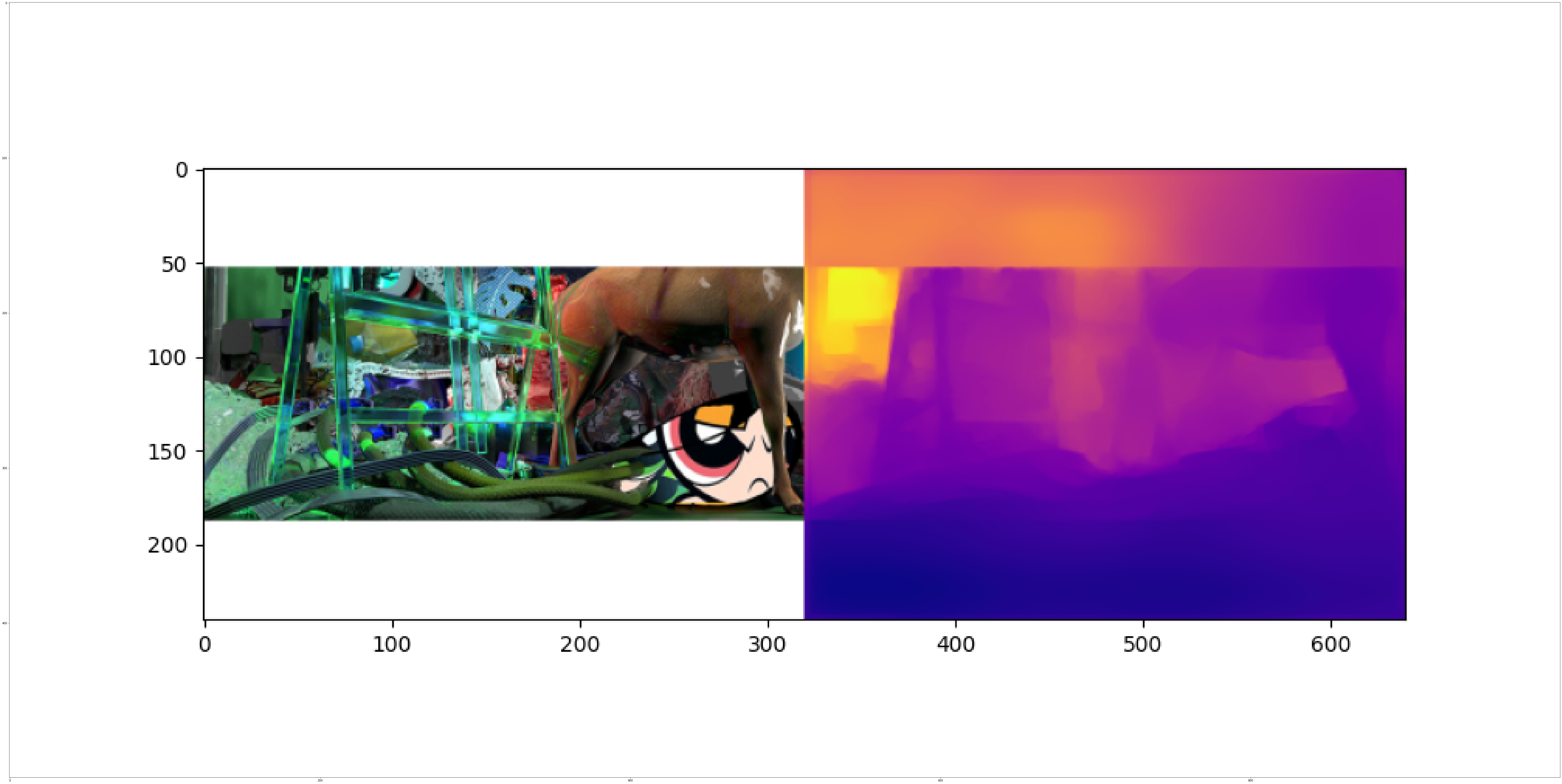



There is no composer or a conductor, but a system outside of myself created this film-like presentation. The environment is very inscrutable, but the camera puts me in a situation I never put myself into. And we humans can poetize with our cultural background and experiences but not rationalize presented views. Cameras become a quasi-evaluation tool for unraveling spatial schemetic. This project is also a realization that we need to design under many circumstances, so focusing on how to resee and recombine existing information by outsourcing partial work to computers seems rational.
